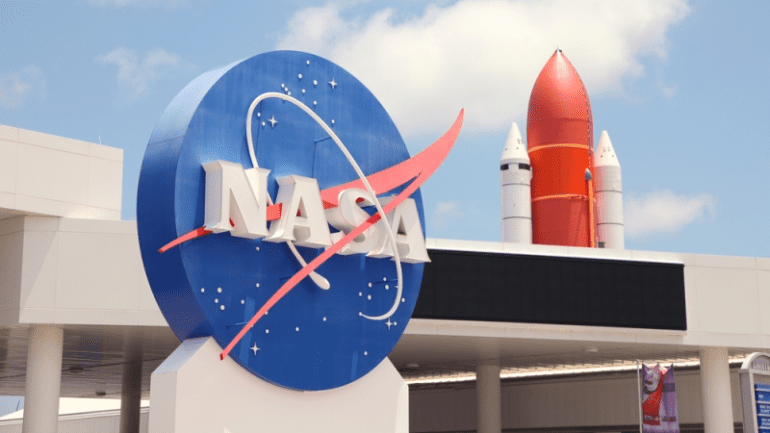- NASA leaders, including Administrator Bill Nelson and Deputy Administrator Pam Melroy, are hosting a town hall on May 22 at 1 p.m. EDT to discuss the agency’s use of Artificial Intelligence (AI).
- The event will be broadcasted live on NASA+, NASA Television, and the agency’s website.
- Key NASA experts in AI, such as A.C. Charania and David Salvagnini, will share insights into AI’s role in advancing missions and research.
- AI tools are employed across NASA for various purposes, including data analysis, spacecraft and aircraft autonomy, and mission optimization.
- David Salvagnini has been appointed as NASA’s first Chief Artificial Intelligence Officer, signaling a significant commitment to AI integration within the agency.
Main AI News:
In a bid to delve into the realm of Artificial Intelligence (AI) and its pivotal role in propelling missions and research forward, NASA Administrator Bill Nelson and Deputy Administrator Pam Melroy will spearhead an employee town hall at 1 p.m. EDT on Wednesday, May 22.
The session, slated to be broadcasted live on NASA+, NASA Television, and the agency’s website, will serve as a platform to dissect the multifaceted landscape of AI employment within NASA.
Distinguished NASA luminaries at the forefront of AI innovation will grace the event, offering insights into the agency’s pioneering strides in this domain. Notable figures slated to share their expertise include A.C. Charania, Chief Technologist; David Salvagnini, Chief Artificial Intelligence Officer; Jeff Seaton, Chief Information Officer; and Kate Calvin, Chief Scientist.
NASA’s utilization of AI spans a diverse array of applications aimed at enhancing human welfare. From bolstering missions and research endeavors to unraveling intricate data patterns and fostering autonomous spacecraft and aircraft systems, the spectrum of AI’s impact is profound.
Recent developments within NASA underscore the agency’s commitment to AI integration. On May 13, Nelson appointed Salvagnini as NASA’s inaugural Chief Artificial Intelligence Officer, marking a significant milestone in AI governance within the organization.
Moving forward, NASA is poised to harness the potential of emergent AI technologies across a spectrum of missions. These encompass tasks ranging from parsing Earth science imagery to discerning points of interest, to probing data from celestial bodies beyond our solar system via the James Webb Space Telescope. Additionally, AI plays a pivotal role in managing communication schedules for the Perseverance Mars rover through the Deep Space Network, among other critical functions.
Conclusion:
NASA’s concerted focus on Artificial Intelligence signifies a strategic shift towards leveraging cutting-edge technology to enhance mission efficiency and scientific discovery. This underscores a growing recognition within the market of the transformative potential of AI across diverse sectors, fostering innovation and driving competitive advantage for organizations embracing this paradigm shift.

